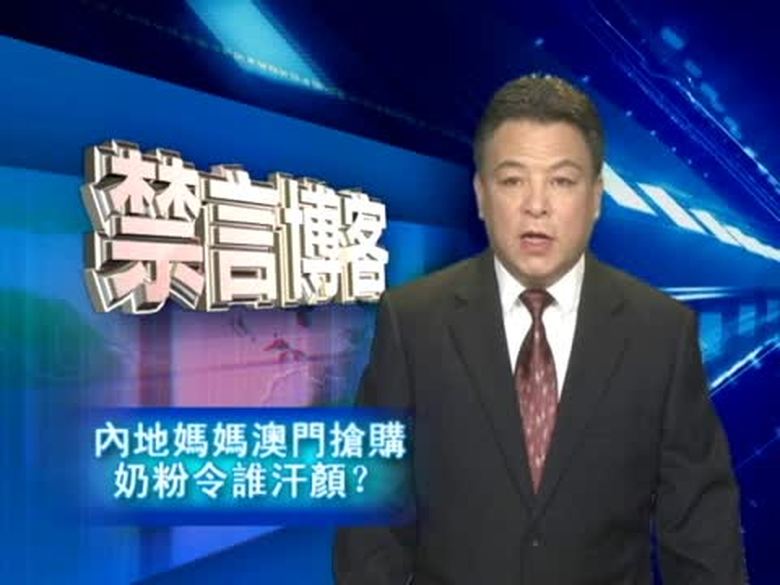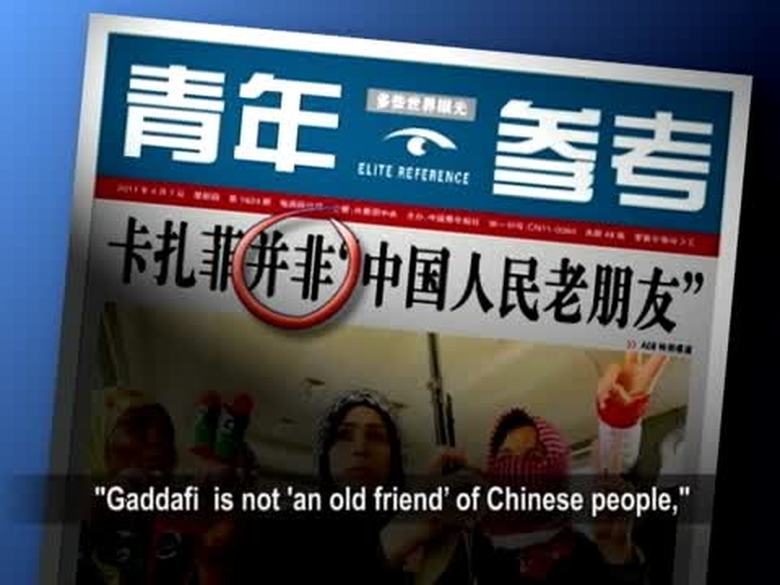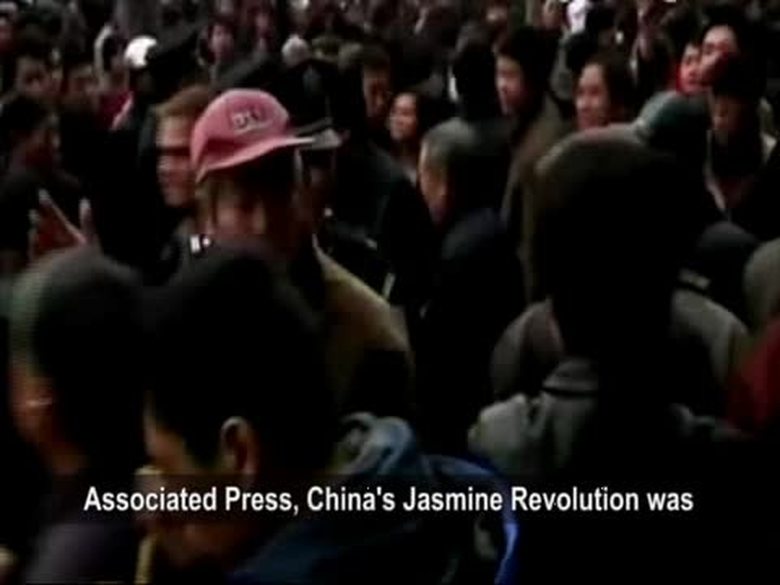【新唐人2011年4月7日訊】位於天安門廣場的「國家博物館」,經過3年多的改擴建工程之後,重新開館,展示了大量的文物,但有關十年文革的歷史卻只“濃縮”到只有一張圖片以及3行簡單的文字介紹。學者們表示,博物館對歷史的闡釋,只體現出中共希望民眾看到的那一面。
「國家博物館」的改擴建工程,歷時3年多、耗資25億元人民幣。官方表示,改擴建的目地是建造一個全球最大單一的博物館,用作見證中國崛起的歷史。
但根據部分西方媒體的觀察,中共拒絕面對本身的歷史,卻似乎是一個亙古不變的傳統。《華爾街日報》說,與其說中國國家歷史博物館是一個經過精心考據、發掘或具有創意的結晶品,倒不如說,這是中國共產黨對中國歷史擁有絕對闡釋權的一個像徵。
據《華爾街日報》的調查,多個參與擴建的人士都表示,由於政治的介入,許多改建的計劃遭到了否決。這些計劃包括:展出中共領導下出現的災難,客觀評估文革十年等等。而中共當局卻要求博物館聚焦“黨的光輝歷史”。
這就難怪,在這個面積幾近20萬平方米的博物館,包含了49個面積介於800至2000平方米之間的展廳裡面,有關10年文革的歷史,僅僅只有一張圖片以及3行簡單的文字予以介紹。
而對1840年以後的中國近、現代史,國家博物館推出了《復興之路》基本陳列,展館跨兩層,除了表現鴉片戰爭以來,中國人為了實現民族復興,而進行的上下求索。此外,還大力宣傳了中共黨史,以及中共在近代史中的地位。但對大躍進,文革,六四天安門事件等,則是寥寥帶過或是只字不提。
《法國國際廣播電臺》報導,香港科技大學教授洪長泰說,中國的博物館很少提及歷史,「博物館只反映中國共產黨的形象,以及黨希望人民所看到的一面」。
而大陸學者楊繼繩指出,中共對歷史真相擁有闡釋權,它擔心一旦出現真相的另一個版本,它的合法性就會遭到削弱。楊繼繩是《新華社》退休的高級記者,他在2008年5月出版的《墓碑》,主要描寫中國六十年代大躍進時期,人民飽受饑荒的真相。但這本書在中國大陸被禁。
新唐人記者尚燕、王明宇綜合報導。
National Museum of China Rewrites Past
The National Museum of China has just opened
on Tiananmen Square after 3 years of renovation.
Among the extensive exhibitions, a single photograph
and three lines of text are the only reference
to the 10-year Cultural Revolution. Scholars say,
“The party wants to determine historical truth.”
China spent more than a decade and RMB2.5 billion
to remake the National Museum into a monument
to its rising power. It is designed to be
the world』s largest museum under one roof.
According to Western media it has become tradition
for China not to confront its own history.
Wall Street Journal (WSJ) calls the museum,
“Less the product of extensive research,
discovery or creativity, than the most prominent
symbol of the Communist Party』s efforts to
control the narrative of history
and suppress alternative points of view.”
According to WSJ, a number of people involved
had many of their reconstruction ideas rejected.
Proposals for exhibitions reflecting disasters
of the Communist rule were rejected.
Instead, officials decided the focus should be
on the “brilliant achievements” of the party.
It is of no surprise that a single photograph
and three lines of text are the only reference
to the 10-year Cultural Revolution
in the 2-million-square-foot museum.
“The Road to Rejuvenation” exhibit, which recounts
the history of China from the First Opium War, 1839
to the present day, is filled with party propaganda,
with little mention of events such as the Cultural
Revolution and the Tiananmen Square Massacre.
“A public museum in China is seldom about the past,”
said Hung Chang-tai, a professor at the Hong Kong
University of Science and Technology.
“It is about the current image of the party
and how the party wants itself to be seen.”
“The party wants to determine historical truth,”
said Yang Jisheng, a historian whose landmark book
on the Great Leap Forward famine is banned in China.
“It worries that if competing versions are allowed,
then its legitimacy will be called into question.”
NTD reporters Shang Yan and Wang Mingyu
看下一集

【禁聞】央行再加息 民眾指轉嫁通脹壓力

【禁聞】大陸師道變味 「好學生」向錢看

【禁聞】「黃金密檔」揭國民黨「保命本」

【禁聞】中共造九路冤魂 冤二代要翻案

【禁聞】卡扎菲遭聯軍重創 網易駁中共辯護

【禁聞】艾未未被指「經濟犯罪」 各方質疑

【禁聞】中共黑手觸鄰邦 美大使臨走挺人權

【禁聞】老虎對付嬰兒? 中共為何怕艾未未

【禁聞】國共兩黨入黨誓詞比較 嚇人一跳

【禁聞】國共兩黨入黨誓詞比較 嚇人一跳

【禁聞】“中央巡視組”接訪民 訪民仍挨打

【禁聞】我的護照為甚麼中共做主?

【禁聞】我的護照為甚麼中共做主?

【禁言博客】小學生搞“官場”賄選

【禁聞】中共放氣球?官媒稱卡扎菲非朋友

【禁聞】末日慌亂? 中共狂抓








